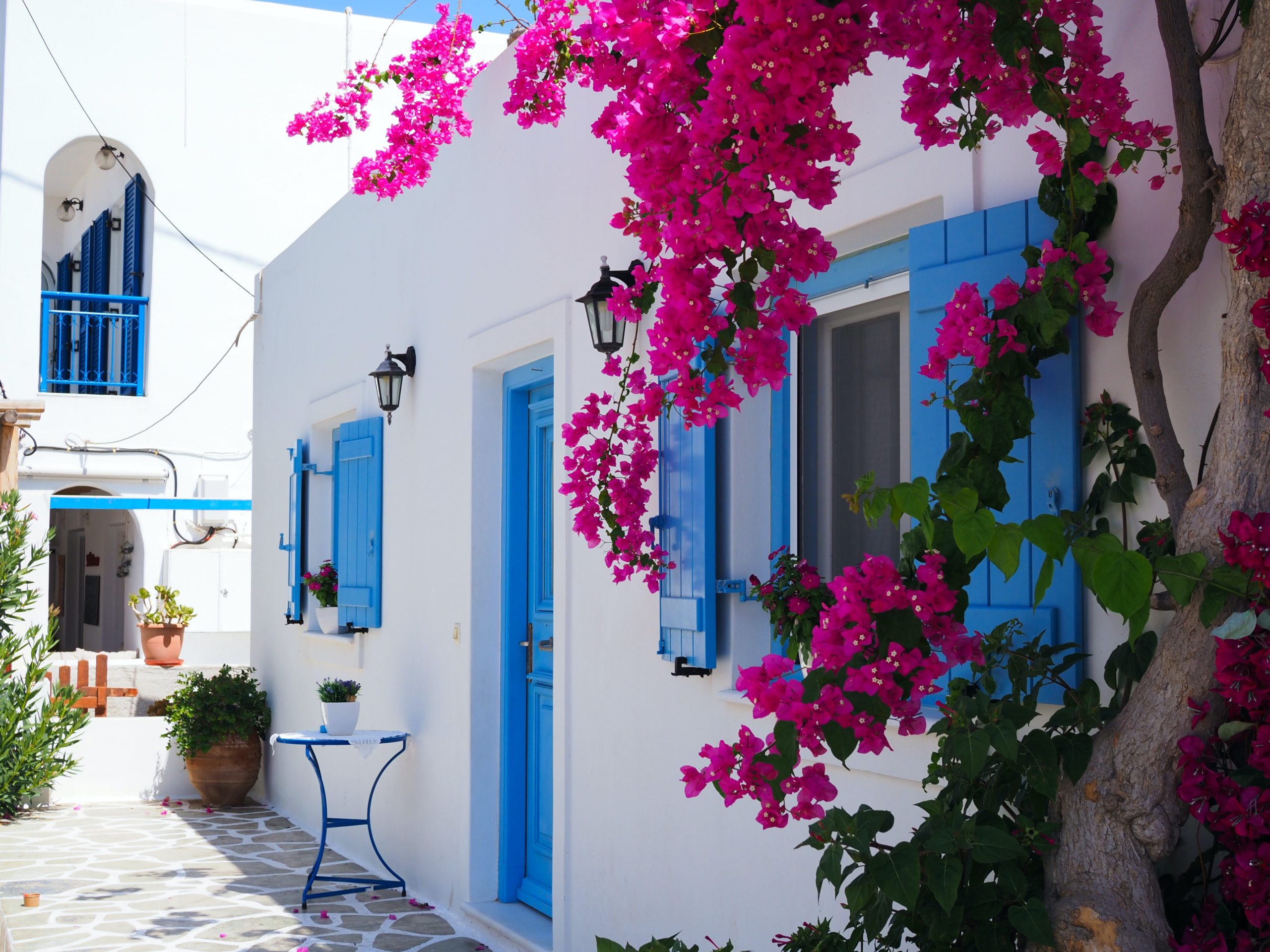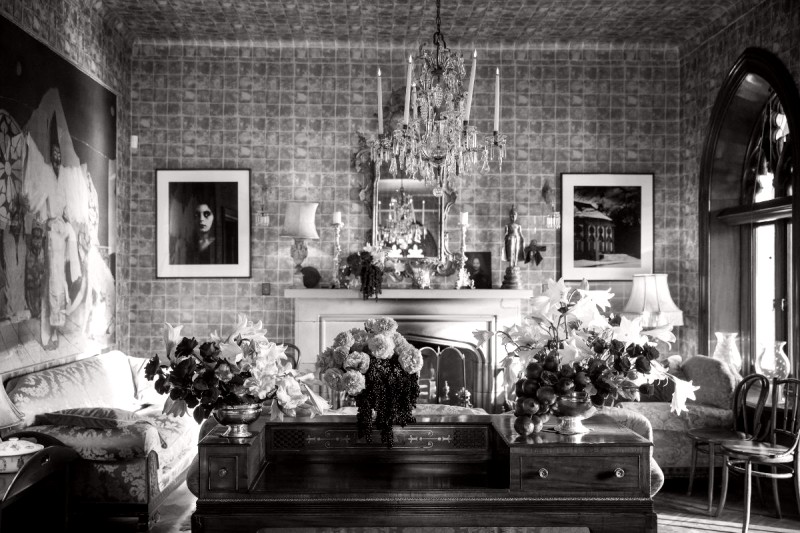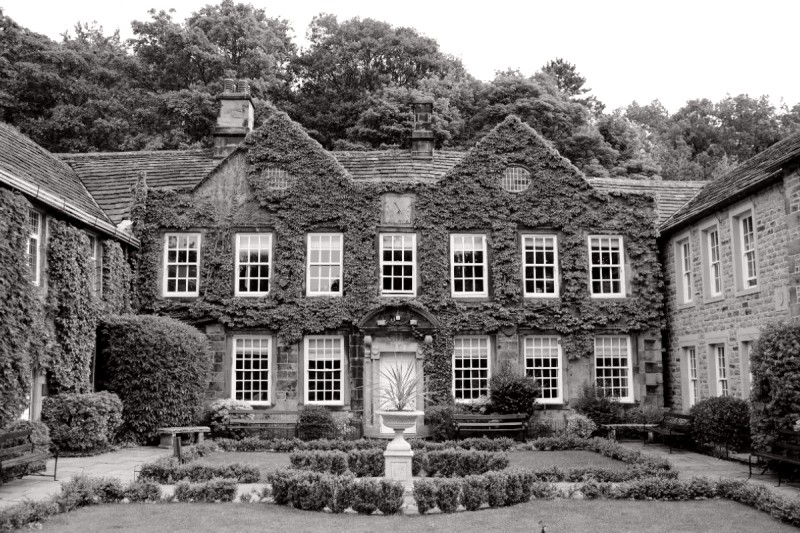As we enter the New Year with high hopes of a happier and healthier summer awaiting us, we couldn’t wait any longer to daydream and discuss our next vacation for once the pandemic is eventually under control.
So until we can feel the sand between our toes again, dust off our passports and squeeze ourselves into the swimsuits that still have the tags on from last year’s shopping spree, we decided on practicing a little preparation meets opportunity! We want to talk places, prices, and portions!
We caught up with our jet-setting Wonder Woman, British American Household Staffing CEO/Founder Anita Rogers, who was more than happy to share her travel tips and wish list resorts for 2021.

Anita, where will be the first place you will be flying off to when it’s safe to travel again?
To Greece! There is no country like it, the Aegean glitters like diamonds on a deep azure water, like the quote from Homer’s Odyssey: “There is a land called Crete, in the midst of the wine-dark sea, a fair, rich land, begirt with water, and therein are many men, past counting, and ninety cities.”
The Aman resort in Porto Heli, very close to Spetses, which is the island I go to often, is absolutely exquisite.
Which resort do you visit again and again ~ and why?
Il Sereno Lago di Como – Torno, Italy. It is pure luxury and tradition right on Lake Como. I got most of my operatic vocal training in Italy and performed there for many years so I adore Il Sereno Lago di Como. As a business owner I often fly to Lago di Como for a break to recharge my batteries and sometimes I join clients, either art collectors or those who want their villas staffed. I love Italy and Italian traditions so it’s a favourite of mine.
What travel tips do you swear by that might surprise people?
Our BAHS resident estate management consultant Kristen Reyes shared a piece of business advice and she’s never wrong! She said to only ever charter yachts and to only ever purchase a jet! Apparently, yachts depreciate in value but private jets are safer if you are in control of their maintenance.
I’ve also held on to the advice from a fashion designer friend of mine who said, roll, do not fold your clothes when packing. And he was right! It frees up so much space in your bag and it also minimises wrinkling! I was also advised once when travelling by yacht to push the furniture against my wardrobe in my suite. When you travel overnight, the waves and wind can suddenly become very high and all the wardrobe doors start swinging open which doesn’t make for a peaceful night’s sleep!
As a gallery owner (Anita Rogers Gallery is based in Soho NY and represents both primary and secondary artists), I know from personal experience that it’s always best to visit historical sites and museums etc, very early, very late, or when people eat! I always go to attractions at lunchtime as there’s less people since most tourists on city break trips head to lunch. So this way you get the most popular places all to yourself!
Another one of our wonderful clients told me that she Googles ‘where do chefs eat in…’ whatever place she is in. It’s such a great idea and the restaurants that you find are amazing because they’re the chosen ones by those Michelin star culinary chefs! That’s how I discovered Bob Bob Ricard in London and Providence in LA.
View the full interview on BAHS.com




 As we enter 2021, many families are reassessing their home staffing needs. The pandemic has changed the way we do nearly everything, including staffing and household structuring. What worked pre-COVID may no longer be suitable with changes in schedule, location, and lifestyle.
As we enter 2021, many families are reassessing their home staffing needs. The pandemic has changed the way we do nearly everything, including staffing and household structuring. What worked pre-COVID may no longer be suitable with changes in schedule, location, and lifestyle.



